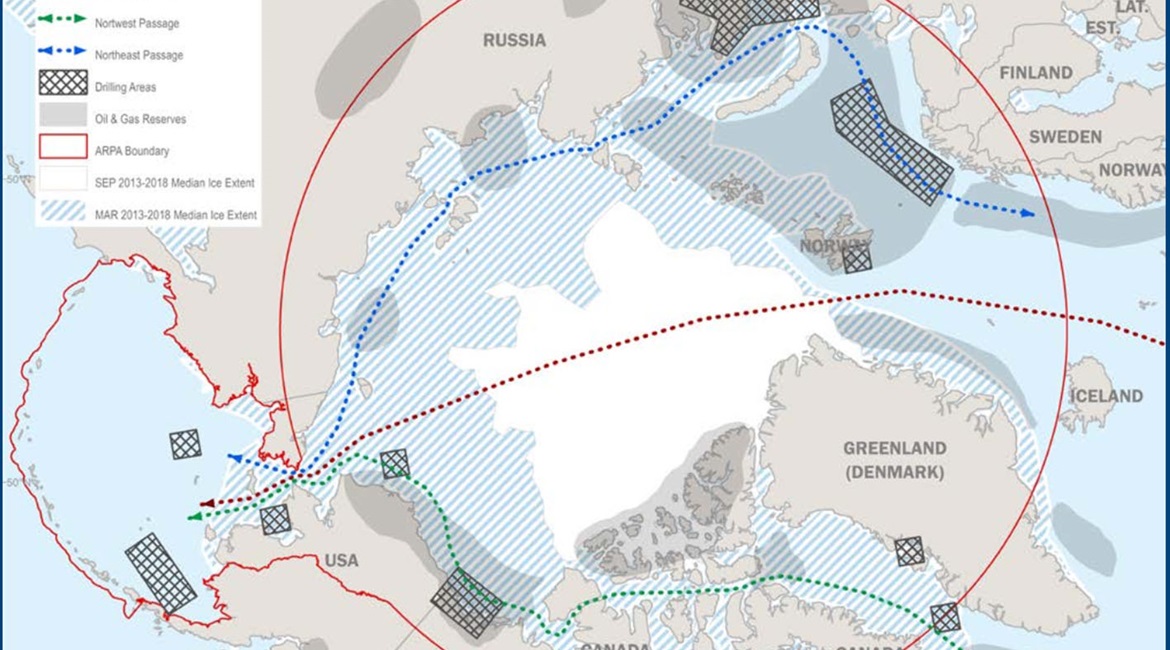
As the polar ice mass above the Arctic Circle rapidly retracts due to global warming, diminishing ice is leading to increased maritime access to Arctic sea routes. The decrease in permanent sea ice, especially from June to September, has exposed coastal borders, driven increased military activity, and set the stage for the Arctic region to play a prominent role in geostrategic competition.
Royal Danish Navy Thetis-class frigate HDMS Triton (F358) transits Godthab Fjord in August 2020 during Canadian Operation ‘Nanook’, which included participation from Danish, French, and USCG forces to enhance Arctic capabilities. (USN)
Access to the Arctic's vast energy, mineral, fisheries, and other commercial resources is growing at precisely the same time that global interests in these assets intensifies, US Coast Guard (USCG) commandant Admiral Karl L Schultz stated in the service’s ‘Arctic Strategic Outlook’, released in April 2019. What was previously a region of energy interest and challenge is now an increasingly competitive domain.
A 2018 Intergovernmental Panel on Climate Change (IPCC) report, Global warming of 1.5° C, also assessed high confidence that global warming is likely to reach 1.5° C above pre-industrial levels between 2030 and 2052 if it continues to increase at the current rate. In addition, while warming greater than the global annual average (+0.87° C) is being experienced in many land regions, the Arctic in particular is warming at a rate two to three times higher than this.
Looking to read the full article?
Gain unlimited access to Janes news and more...




